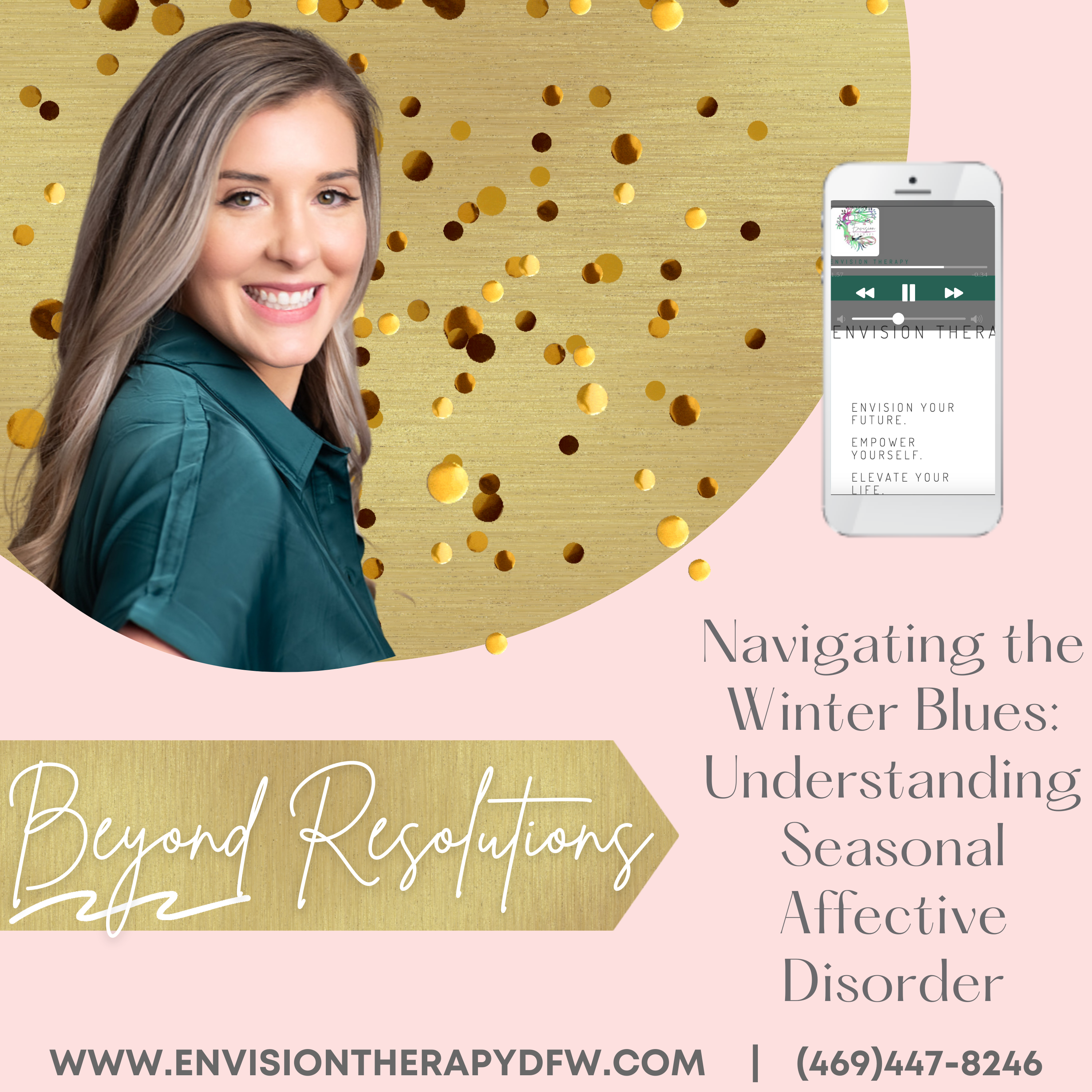
As winter settles in, many of us find ourselves navigating the chilly temperatures and darker days. While it’s normal to feel a bit down during the winter months, some individuals experience a more profound and recurring form of winter blues known as Seasonal Affective Disorder (SAD). In this article, we’ll delve into what SAD is, its symptoms, and strategies to manage and cope with this seasonal challenge.
What is Seasonal Affective Disorder (SAD)?
Seasonal Affective Disorder is a type of depression that occurs at a specific time of year, typically during the fall and winter months when there is less natural sunlight. The lack of sunlight can disrupt the body’s internal clock (circadian rhythm) and lead to changes in serotonin and melatonin levels, neurotransmitters that play a crucial role in regulating mood and sleep.
Recognizing the Symptoms of SAD
The symptoms of SAD are similar to those of major depressive disorder and may include persistent feelings of sadness, loss of interest or pleasure in activities, changes in sleep patterns, weight gain or loss, fatigue, and difficulty concentrating. However, the key distinction with SAD is the seasonality of these symptoms.
Factors Contributing to SAD
While the exact cause of SAD is not fully understood, several factors may contribute to its onset. Reduced exposure to sunlight leading to disruptions in circadian rhythms, genetic predisposition, and imbalances in neurotransmitters are among the factors being explored by researchers.
Strategies for Managing SAD
- Light Therapy: Light therapy, or phototherapy, involves exposure to a bright light that simulates natural sunlight. This can help regulate the body’s internal clock and alleviate symptoms of SAD.
- Increased Sunlight Exposure: Whenever possible, maximize your exposure to natural sunlight. Spend time outdoors during daylight hours, and consider activities like walking or exercising in well-lit areas.
- Regular Exercise: Physical activity has been shown to have a positive impact on mood. Incorporate regular exercise into your routine, even if it’s just a short walk or a home workout.
- Mindfulness and Meditation: Practices that promote mindfulness and meditation can be beneficial in managing the symptoms of SAD. These techniques help reduce stress and improve overall mental well-being.
- Social Connections: Maintain social connections and engage in activities that bring joy and connection. Whether it’s meeting friends for a warm cup of tea or participating in group activities, social engagement can be a powerful antidote to the winter blues.
Are you struggling with SAD? Reach out to one of our therapists to help.
Want to be notified when a new post is published? Subscribe below:

